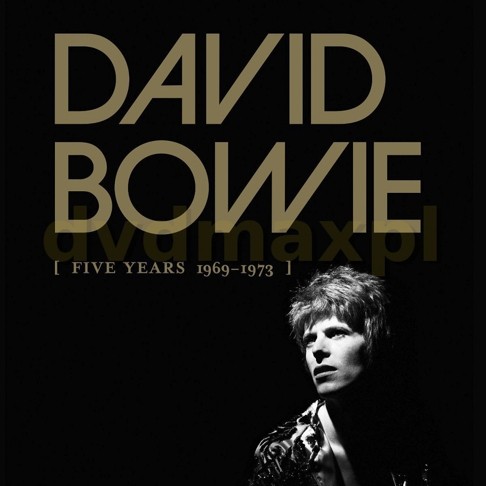
Music’s best box sets of 2015: Bowie, Dylan, Little Richard, Frank Sinatra and more
No idea what to get the obsessive music fan in your life for Christmas? Box sets make great gifts
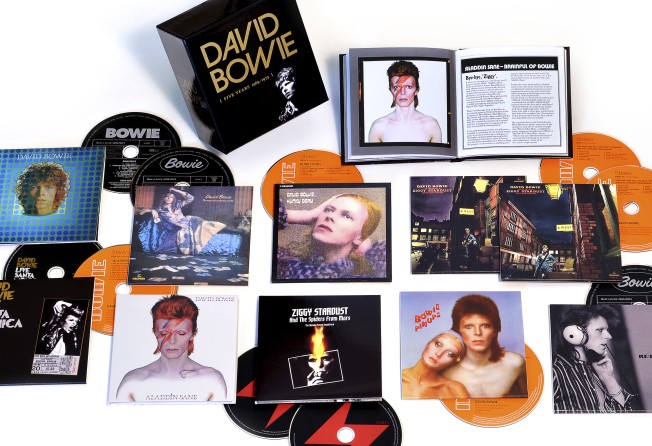
Here are 10 of the most notable box sets released this year.

David Bowie, “Five Years 1969-1973” (Parlophone, US$97)
Bowie had spent the five years previous to this box set trying to break out as a theatrical crooner in swinging London. Five Years documents David Jones’ transition into rock with the 1969 David Bowie album, which included his first hit, the poignant, otherworldly Space Oddity. He enlisted a band with guitarist Mick Ronson and did some myth-building. He appeared in drag on the cover of The Man Who Sold the World, impersonated a rock messiah from space in Ziggy Stardust, and announced “the last show we will ever do”. In addition to six studio albums and two live recordings from the era (all previously available), Five Years includes two discs’ worth of singles and rarities, notably early takes on Hang on to Yourself and Moonage Daydream released in 1971 under the name The Arnold Corns.
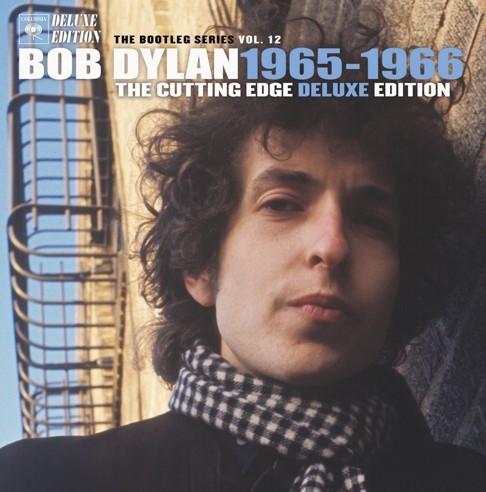
Bob Dylan, “1965-66 The Cutting Edge Deluxe Edition: The Bootleg Series Vol 12” (Legacy, US$100)
In the 15 months of recording sessions documented on these six discs, Dylan cranked out three masterpieces – Bringing it All Back Home, Highway 61 Revisited and Blonde on Blonde. During this time, he completely committed to electric rock instrumentation after years as an acoustic troubadour, switched producers and studios, and experimented with elastic, surrealistic wordplay and different line-ups of musicians (everyone from fledgling organ player Al Kooper to Nashville session pros). Many of his best-known songs went through a series of changes before settling into their finished form, notably Like a Rolling Stone. An entire disc is devoted to tracing the song’s transformation from a leaden waltz into a modern classic based on gospel/blues call-and-response patterns. A looser, funkier, grittier Sitting on a Barbed Wire Fence outstrips the rarity presented on the first Dylan bootleg box in 1991, with Michael Bloomfield’s guitar snapping like a Doberman and Dylan’s voice spiked with screams and wicked bravado (“Well she’s good alright/ But she ain’t as good as this guitar player that I got right now”). And Dylan cracks up when he tries Kooper’s slide whistle for the first time on Highway 61, a new toy that puts the finishing touch on this biblical tall tale. There are also some telling insights into Dylan’s relationship with The Hawks, who later became known as The Band. While The Hawks proved extraordinary foils for Dylan on stage, particularly as he rampaged across England in 1966, the results were far more problematic in the studio, particularly as they wrestle with Visions of Johanna. The Hawks jump into the tune eagerly, but never quite nail its sense of longing to Dylan’s satisfaction, and the singer eventually settled on a far different take with different musicians. These revelatory recording sessions are also available in several versions: a compact two-CD or three-LP set and a 379-track, 18-CD breeze block.
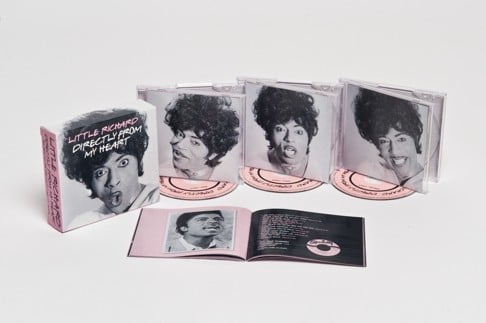
Little Richard, “Directly from My Heart: The Best of the Specialty and Vee-Jay Years” (Specialty, US$23)
No puny piece of vinyl could possibly contain the fury and flamboyance that was Richard Penniman in his prime. But his 1950s singles for the Specialty label slammed like a wrecking ball and emphatically announced the dawn of rock’n’roll. Amid peak moments such as Tutti Frutti and Long Tall Sally, this three-CD set sprinkles in some filler. But even on throwaways such as Heeby-Jeebies-Love, Richard sounds like he’s having more fun than anyone alive. His career derailed when he briefly devoted himself to gospel, and his ’60s return to rock on Chicago’s Vee-Jay label was overshadowed by artists who had been influenced by him, including James Brown and The Beatles. He’s even reduced to imitating Brown on his final hit, I Don’t Know What You’ve Got But it’s Got Me, notable because the session guitarist is a new kid named Jimi Hendrix. Unfortunately, the annotation of the recording sessions and liner notes is skimpy compared to Little Richard: The Specialty Sessions, the boxed set issued in the wake of his induction into the Rock and Roll Hall of Fame in the ’80s.
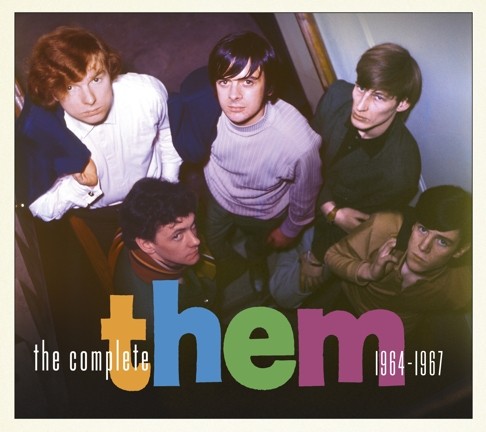
Them, “The Complete Them: 1964-1967” (Legacy, US$25)
Dublin’s Them were essentially a rotating cast of journeyman locals backing a prodigiously talented teenage vocalist named Van Morrison. Leaning hard initially on Chicago blues, Morrison used Them as a vehicle to flirt with flinty garage rock and experimented with the folk-soul merger that would inform his first solo masterpiece, Astral Weeks. He wrote and sang Gloria, replicated by Chicago’s Shadows of Knight in their hit version, and presaged the greatness to come with performances that encompassed a rueful interpretation of Bob Dylan’s It’s All Over Now, Baby Blue, the towering anticipation of Here Comes the Night and the eerie boldness of One Two Brown Eyes, which brings an almost Latin feel to a hypnotic blues track. And the guy who wrote the liner notes? None other than the normally reticent Morrison himself. He provides an insightful and even occasionally humorous overview of the times. Of Them’s high point, a Los Angeles residency with The Doors as opening act, he writes: “There was a lot of stuff happening on the dance floor that added another dimension.”
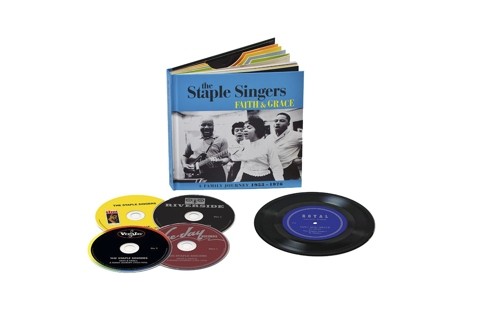
Staple Singers, “Faith & Grace: A Family Journey 1953-1976” (Concord Music, US$52)
This four-CD set goes back to the Staple Singers on the gospel circuit and chronicles the family’s critical role in the emerging civil rights and protest music era and their ascent to national hitmakers in the ’70s at Stax Records with soul-funk classics I’ll Take You There and Respect Yourself. The music makes the case not only for Mavis Staples’ enduring power as a vocalist but in affirming the status of family patriarch Roebuck “Pops” Staples as a 20th century musical visionary.
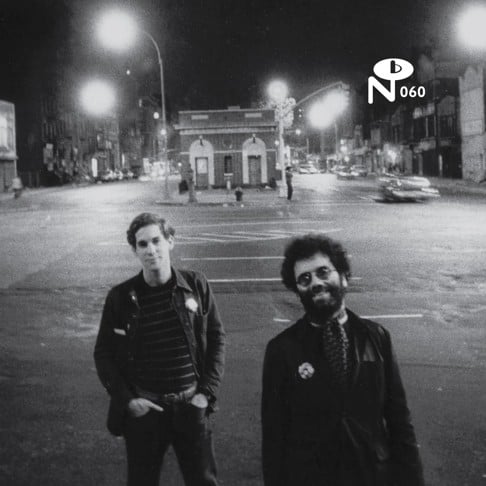
Various artists, “Ork Records: New York, New York” (Numero Group, US$35)
The small but influential output of the New York City punk label founded by Terry Ork makes for a great ’70s time capsule. Ork, part of Andy Warhol’s Factory crowd and confidante to a gaggle of poverty-stricken poets, rockers, filmmakers and dreamers on the city’s Lower East Side, was a key player in a scene that spawned Television, Richard Hell and the Voidoids, The Ramones, The Feelies, The Dead Boys and countless others. The singles released on Ork provide a stirring snapshot of the era: the taut tension of Television’s Little Johnny Jewel, Hell’s defining (I Belong to the) Blank Generation, the post-Big Star shake, rattle and grime of Alex Chilton’s Bangkok, critic Lester Bangs’ Captain Beefheart-isms on Let it Blurt. Just as valuable is the brick of a book about the “world’s first punk label” authored by Numero co-founders Ken Shipley and Rob Sevier.
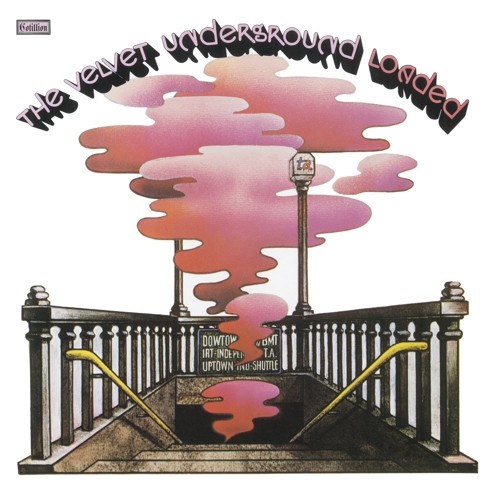
The Velvet Underground, “Loaded Re-Loaded 45th Anniversary Edition” (Cotillion/Atlantic/Rhino, US$68) and “The Complete Matrix Tapes” (Universal, US$45)
Each of the first four Velvet Underground studio albums created their own worlds, capped by Loaded, released in 1970. It finds Lou Reed making one last, ultimately futile quest to break the band into the mainstream with a series of his most undeniable melodies: Sweet Jane, Rock & Roll, Who Loves the Sun, the anthemic New Age. It’s probably the easiest entry point for Velvets/Reed newbies, an homage of sorts to Reed’s love of the sweet melodicism and innocence found in doo-wop, early R&B and rock’n’roll. The demos on the six-CD Re-Loaded include early takes of songs that would surface on Reed’s solo albums, including Satellite of Love and Sad Song. But with drummer Maureen Tucker largely absent due to the impending birth of her first child, the band lose part of their identity. The Re-Loaded package includes a previously unreleased recording of a concert in Philadelphia as well as a remastered version of the Live at Max’s Kansas City performance, and Tucker’s absence robs the group of some of their essential power and personality.
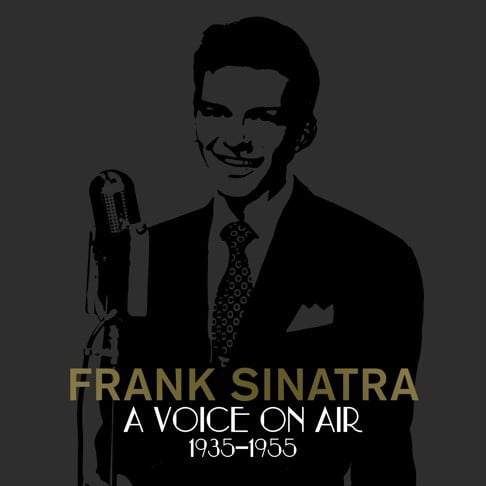
Frank Sinatra, “A Voice on Air (1935-1955)” (Columbia/Legacy Recordings; US$70)
This year’s Sinatra centennial has yielded several commemorations, and this four-CD set ranks among the best. Though so much of Sinatra’s enormous discography already has been released in uncounted packages, A Voice on Air traces the first two decades of the man’s career through lesser-known radio broadcasts. The treasures include songs Sinatra never documented in the recording studio, as well as duets with Nat King Cole, Peggy Lee, Doris Day and Johnny Mercer. Essential listening for Sinatra devotees.
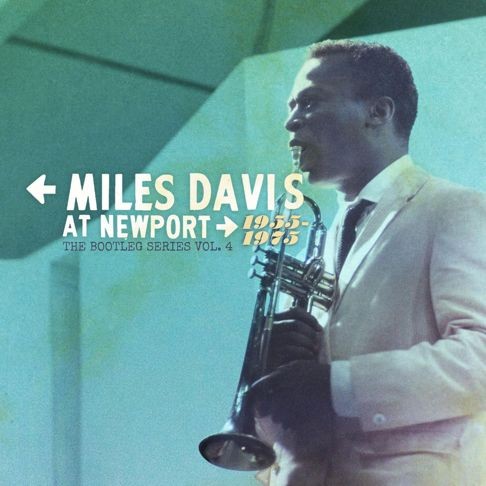
“Miles Davis at Newport: 1955-1975, The Bootleg Series Vol 4” (Columbia/Legacy Recordings; US$50)
This four-CD set opens with trumpeter Davis’ debut at the Newport Jazz Festival and traces the next two decades of his live performances there. That includes four hours of music that has not been released before, featuring Davis in the company of Thelonious Monk, Gerry Mulligan, John Coltrane, Bill Evans, Wayne Shorter, Herbie Hancock, Dave Liebman and more.
Tribune News Service